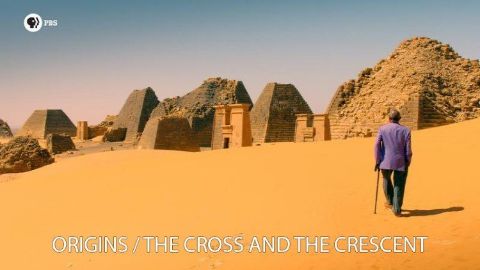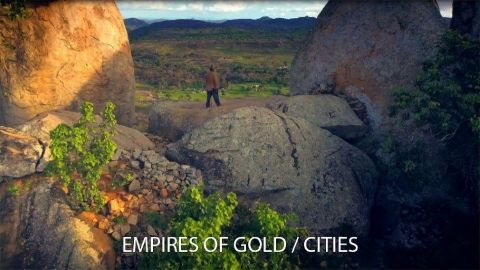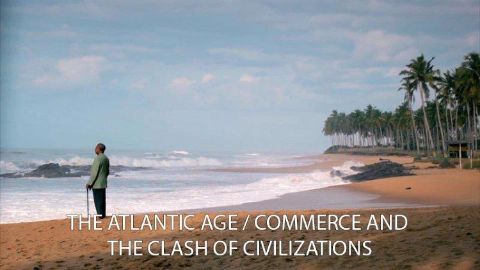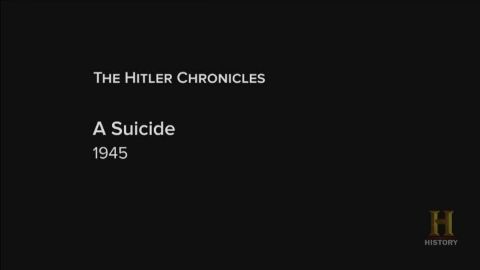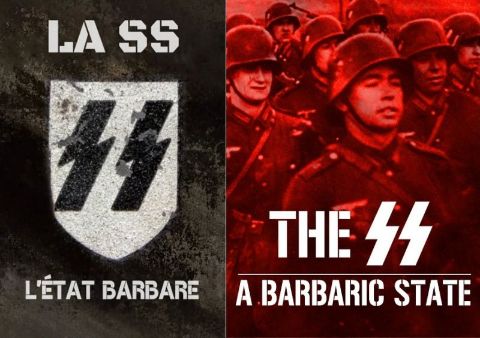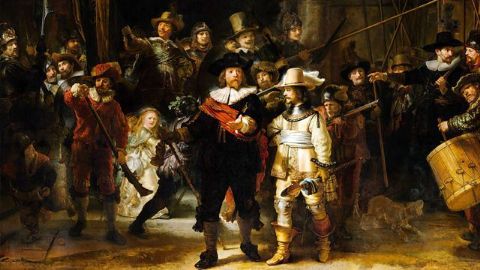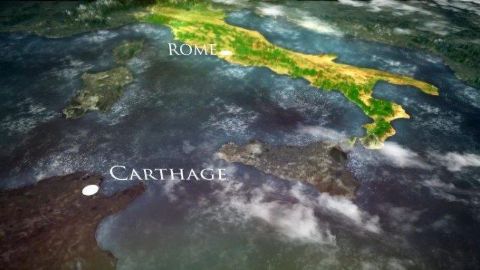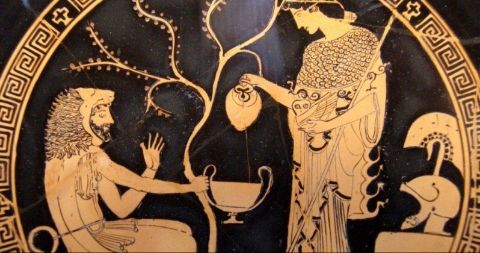The Atlantic Age / Commerce and the Clash of Civilizations • 2017 • episode "Part 5 and 6" • Africa's Great Civilizations
Henry Louis Gates, Jr. explores the impact of the Atlantic trading world, giving rise to powerful new kingdoms, but also transatlantic slave trade. Learn of the revolutionary movements of the 18th & early 19th centuries, including the advent of the Sokoto Caliphate. In the final part Henry Louis Gates, Jr. explores the dynamism of 19th century Africa, the “Scramble” by European powers for its riches, and the defiant and successful stand of uncolonized Ethiopia.
Make a donation
Buy a brother a hot coffee? Or a cold beer?
Hope you're finding these documentaries fascinating and eye-opening. It's just me, working hard behind the scenes to bring you this enriching content.
Running and maintaining a website like this takes time and resources. That's why I'm reaching out to you. If you appreciate what I do and would like to support my efforts, would you consider "buying me a coffee"?
Donation addresses
BTC: bc1q8ldskxh4x9qnddhcrgcun8rtvddeldm2a07r2v
ETH: 0x5CCAAA1afc5c5D814129d99277dDb5A979672116
With your donation through , you can show your appreciation and help me keep this project going. Every contribution, no matter how small, makes a significant impact. It goes directly towards covering server costs.
